Understanding the Tarangire-Manyara Ecosystem: Nature’s Interconnected Web
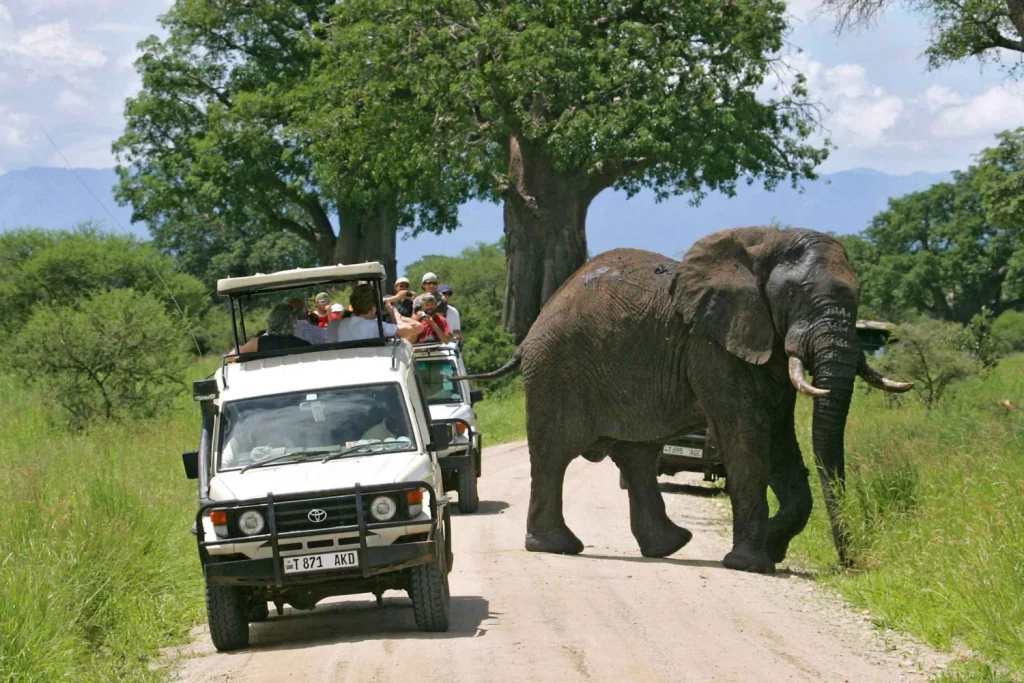
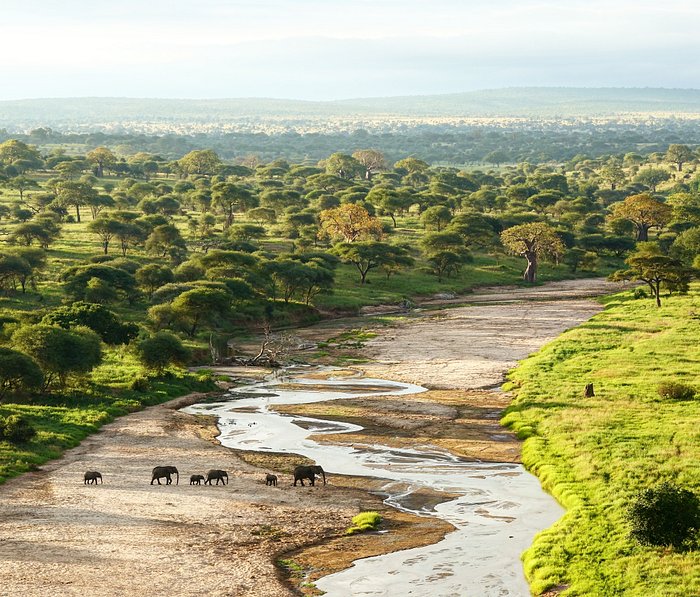
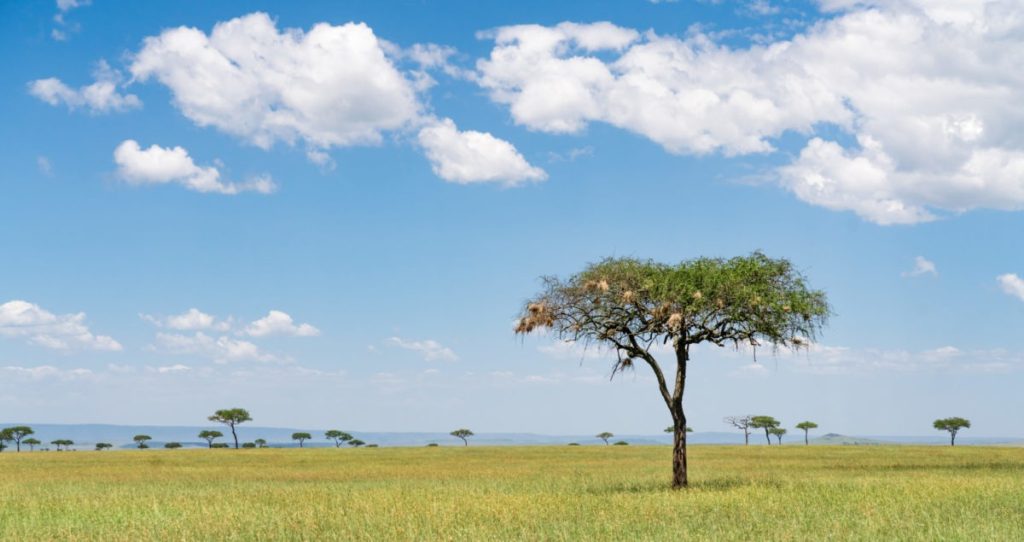
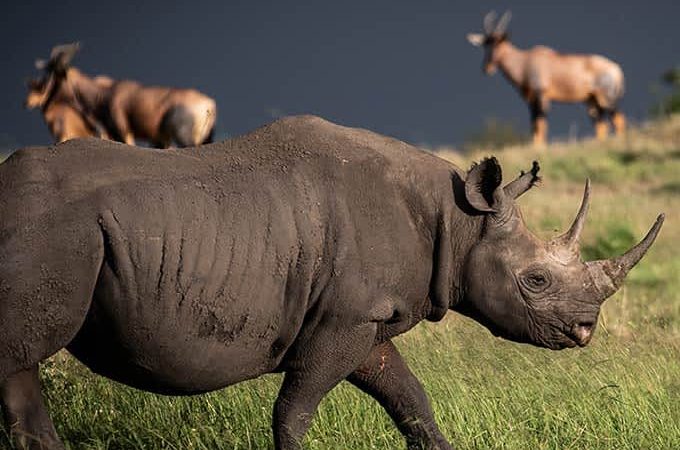
The Tarangire-Manyara Ecosystem is one of Tanzania’s most diverse and ecologically rich regions, providing a vital link between two of the country’s most iconic national parks—Tarangire National Park and Lake Manyara National Park. Together, these parks form a complex and interconnected web of wildlife habitats, creating an essential ecological corridor that supports a broad range of species and natural processes. Understanding this ecosystem and its significance is key to appreciating the delicate balance of nature and the importance of preserving these habitats for future generations.
1. The Geography and Climate of the Tarangire-Manyara Ecosystem
The Tarangire-Manyara Ecosystem is located in northern Tanzania, lying between the eastern slopes of the Great Rift Valley and the Serengeti plains. This vast area encompasses a variety of habitats, including savannah grasslands, acacia woodlands, riverine forests, wetlands, and the unique alkaline lakes of the Manyara basin.
The climate within the ecosystem is largely determined by the seasonal rainfall, with distinct wet and dry seasons. During the wet season (typically from November to April), the ecosystem experiences lush vegetation growth, attracting migratory animals. However, it is during the dry season (June to October) that the Tarangire-Manyara Ecosystem truly comes alive, as animals are drawn to the few permanent water sources, particularly the Tarangire River and Lake Manyara. This seasonal cycle significantly impacts the movement patterns of wildlife and creates a dynamic landscape.
2. Wildlife and Biodiversity in the Tarangire-Manyara Ecosystem
One of the standout features of the Tarangire-Manyara Ecosystem is its exceptional wildlife diversity. The ecosystem supports a wide range of species, making it a hotspot for biodiversity. The wildlife here includes iconic species such as African elephants, lions, giraffes, zebras, wildebeest, and numerous antelope species like impala, Grant’s gazelles, and kudu. It is also a vital habitat for a variety of birds, especially migratory species that frequent Lake Manyara and the surrounding wetlands.
In particular, the Tarangire National Park is famous for its large herds of elephants, while Lake Manyara National Park is known for its tree-climbing lions and rich birdlife. The parks’ proximity to each other, combined with the migration corridors between them, allows for a seamless flow of wildlife. The seasonal migrations between the two parks contribute to the health of the entire ecosystem.
3. The Role of the Tarangire River and Lake Manyara in the Ecosystem
At the heart of the Tarangire-Manyara Ecosystem is the Tarangire River, a critical lifeline that sustains wildlife, particularly during the dry season. The river is a vital water source for a multitude of animals, ranging from large herbivores like elephants and buffaloes to predators like lions and cheetahs. During the dry months, the river’s waterholes become a focal point for animal congregation, often creating dramatic scenes as herds of animals gather to drink, giving safari-goers a spectacular viewing experience.
Similarly, Lake Manyara, an alkaline lake located at the foot of the Great Rift Valley escarpment, plays a crucial role in supporting both terrestrial and aquatic life. The lake is a major stopover for migratory birds, including large populations of flamingos, pelicans, and storks, which rely on the lake’s alkaline waters for feeding. Additionally, the surrounding wetland areas host an array of wildlife, including hippos, crocodiles, and various waterfowl, contributing to the park’s ecological richness.
4. Migration Patterns and Seasonal Movements
The Tarangire-Manyara Ecosystem is critical for the seasonal movement of wildlife, especially during the dry season when animals must migrate to water sources. Elephants, in particular, undertake long migrations between Tarangire and Lake Manyara in search of food and water. These migrations are essential for the ecological balance, as they prevent overgrazing in any one area and allow the vegetation to regenerate.
The wildebeest migration is another seasonal spectacle that spans across the broader northern Tanzania region, although it is more commonly associated with the Serengeti. However, herds of wildebeest and zebras can also be found in the Tarangire-Manyara Ecosystem as part of their larger migration circuit, contributing to the system’s dynamic ecological processes.
The movement of these animals between Tarangire and Lake Manyara ensures genetic diversity, allows for the efficient use of resources, and prevents overcrowding. This interconnection between the two parks highlights the importance of preserving both areas and their migratory corridors.
5. Conservation and Threats to the Tarangire-Manyara Ecosystem
The Tarangire-Manyara Ecosystem faces several conservation challenges, many of which are linked to human-wildlife conflict, poaching, and habitat encroachment. As human populations around the parks grow, competition for resources such as water and land for agriculture intensifies. This encroachment can disrupt animal movements and hinder their access to vital water sources, leading to conflicts with local communities and increased pressure on the ecosystem.
Additionally, poaching remains a persistent threat, particularly targeting elephants and rhinos for their ivory and horns. Conservation efforts in the region, however, focus on maintaining and expanding protected areas, reducing poaching through anti-poaching units, and promoting sustainable land-use practices. The Tanzania National Parks Authority (TANAPA) works closely with local communities to create buffer zones and to mitigate human-wildlife conflict.
International conservation organizations, including the Wildlife Conservation Society (WCS) and the African Wildlife Foundation (AWF), partner with the Tanzanian government to ensure the protection of the Tarangire-Manyara Ecosystem. These partnerships focus on habitat restoration, community engagement, and law enforcement to safeguard the integrity of this vital ecosystem.
6. Ecotourism and Sustainable Management
Ecotourism plays a vital role in sustaining the Tarangire-Manyara Ecosystem by providing necessary funding for conservation initiatives and supporting local economies. Responsible safari tourism in the Tarangire and Lake Manyara National Parks offers visitors the opportunity to witness firsthand the incredible wildlife and landscapes while contributing to the conservation of the area.
Tourism helps fund various programs, such as wildlife monitoring, community-based conservation projects, and anti-poaching initiatives. Additionally, the Tanzania Tourism Industry collaborates with local communities to ensure that the benefits of tourism are equitably shared. By promoting sustainable tourism practices, such as low-impact safari experiences and responsible wildlife viewing, the long-term health of the Tarangire-Manyara Ecosystem is supported.
7. The Future of the Tarangire-Manyara Ecosystem
The future of the Tarangire-Manyara Ecosystem depends on continued conservation efforts, the active participation of local communities, and the sustainable management of its natural resources. Ensuring the connectivity of wildlife corridors between Tarangire National Park, Lake Manyara National Park, and neighboring areas is crucial for maintaining the integrity of the ecosystem.
As climate change poses an increasing threat to wildlife and habitats, adaptive management strategies, such as improved water resource management and enhanced habitat restoration efforts, will be key to preserving the ecosystem’s biodiversity. The collaboration of national and international organizations will be essential to protect the Tarangire-Manyara Ecosystem and safeguard the delicate balance of this interconnected web of life.
Conclusion: The Vital Importance of the Tarangire-Manyara Ecosystem
The Tarangire-Manyara Ecosystem stands as one of the most remarkable and ecologically important regions in northern Tanzania. With its vast array of wildlife, vital water sources, and seasonal migrations, this ecosystem is central to the health and sustainability of the broader Serengeti ecosystem. Understanding and protecting this interconnected web of life is crucial for the future of Tanzania’s wildlife and the continued success of conservation efforts across the region.
As one of the country’s key ecological jewels, the Tarangire-Manyara Ecosystem is a reminder of the delicate balance that exists between human activity, wildlife, and the environment. By prioritizing conservation, supporting sustainable tourism, and ensuring the cooperation of local communities, Tanzania can continue to protect this remarkable ecosystem for future generations to enjoy and cherish.

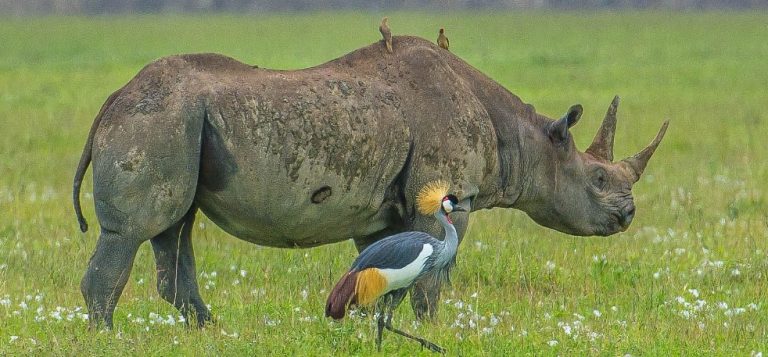
One Comment